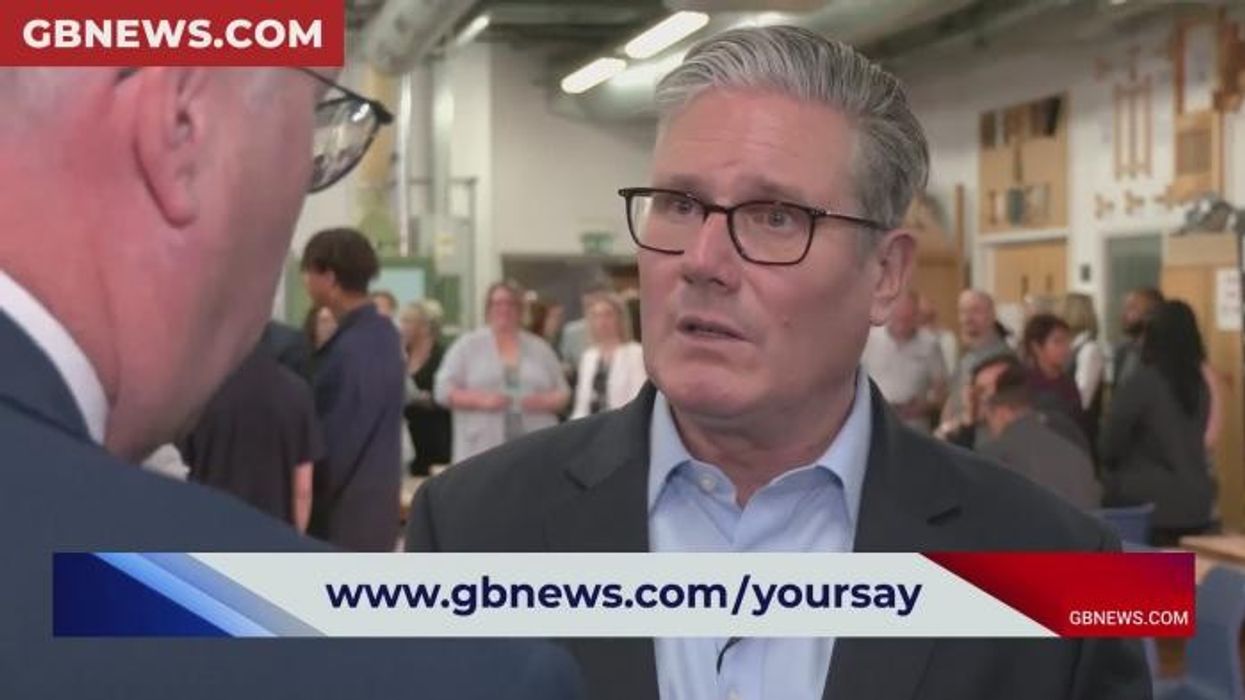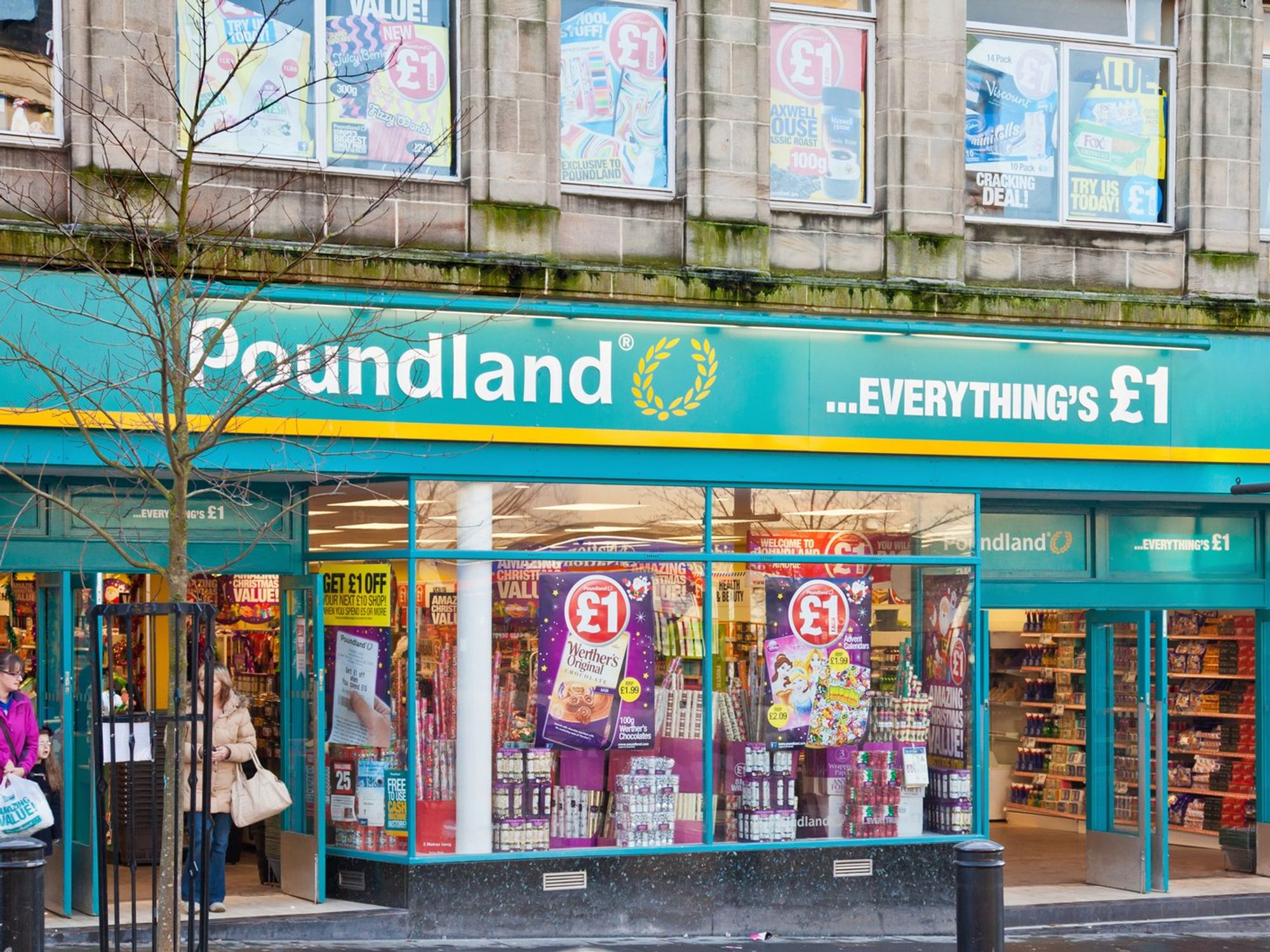State pension triple lock 'large financial risk' as UK to spend £10bn more than expected, OBR report finds

A new OBR report is sounding the alarm over the state of the public finances and state pension cost
Don't Miss
Most Read
The state pension triple lock has been declared a "large financial risk" for Britain and is projected to cost taxpayers £10billion more than initially expected, a shocking Office for Budget Responsibility (OBR) report has revealed.
New figures have found that the UK Government treble what it was initially assumed to cost when it was introduced by the Conservatives and Liberal Democrats over a decade ago in another blow to Chancellor Rachel Reeves.
According to the watchdog, the country's public finances are in a "relatively vulnerable position" after consecutive Governments U-turned on plans to consolidate public expenditure.
This has resulted in the UK abandoning plans to cut public spending, which has led to "substantial erosion of UK’s capacity to respond to future shocks", the OBR claims.
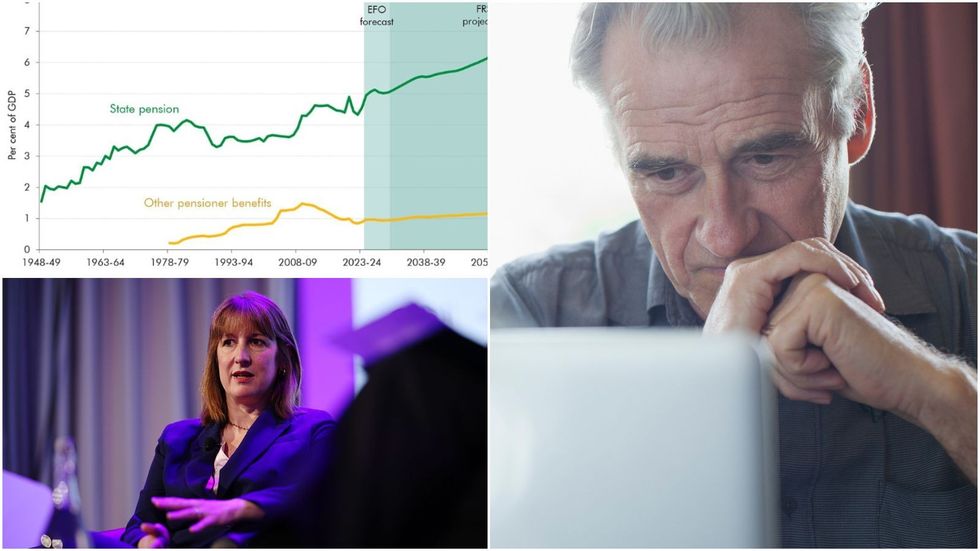
The OBR is sounding the alarm over the cost of the state pension triple lock
|GETTY / OBR
One of the greatest expenses on the public purse appears to be the state pension, which costing Britain £15.5billion a year rather than the initially estimated £5billion annually.
Furthermore, the retirement benefit from the Department for Work and Pensions (DWP) is on course to cost 7.5 per cent of the UK’s entire gross domestic product within 50 years,.
For context, the state pension cost just two per cent of GDP in the 1950s and is currently costing the Government around five per cent. Under the triple lock, state pension payment rates rise every year in line with either the rate of inflation, average wages or 2.5 per cent; whichever is the highest.
In its 2025 "Financial risks and sustainability" report, the Government body stated: " In practice the triple lock has cost around three times more than initial expectations.
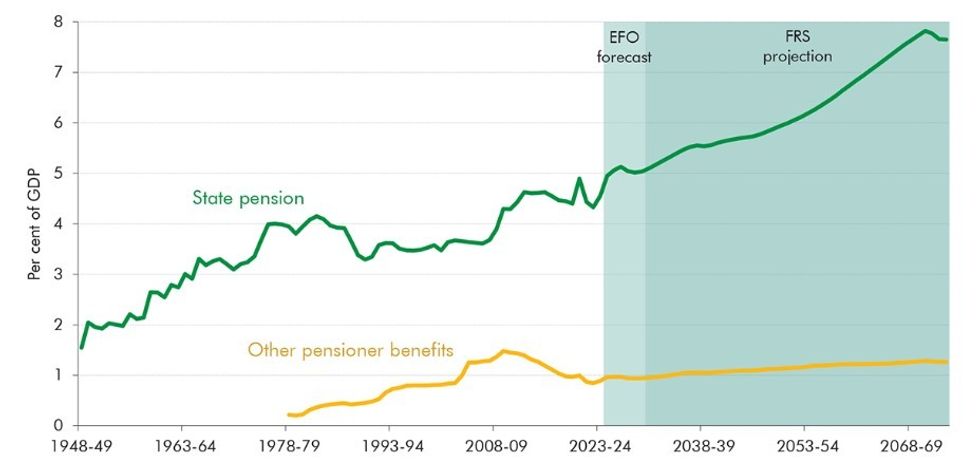
How much will the state pension triple lock cost the British taxpayer?
|OBR
"This is primarily because the period since 2012 has seen more volatile inflation and lower earnings growth than the two decades prior to the triple lock’s introduction. Relative to CPI uprating, we expect that the triple lock will have added £22.9 billion to annual state pension spending by 2029-30."
Think tanks, including the Institute of Fiscal Studies (IFS) and Adam Smith Institute, have recently urged the Government to consider reform to the retirement benefit in order to ensure its long-term viability.
Based on Office for National Statistics (ONS) data, Britain's pensioner population is expected to grow more than twice as fast as the working-age population up to 2073-74.
This is in line with shifts in the population age structure, alongside life expectancy at birth rising from around 89 to 94 years, and life expectancy at age 65 rising from 21 to 26 years.
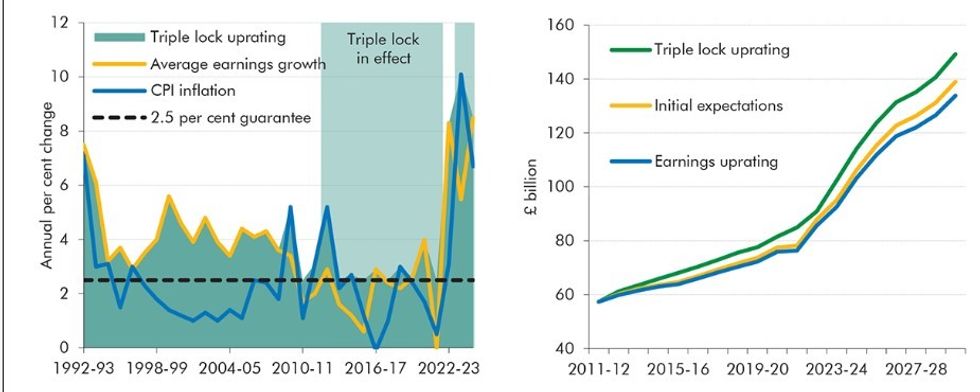
What has the impact of the state pension triple lock been on the public's finances
|OBR
Raising the state pension age sooner than expected and replacing the triple lock with a "double lock" have been floated as cost-saving measures to protect the benefit for future generations.
However, recent attempts to means-test pensioner benefits have been widely unpopular with the British public and MPs, such as the initial proposal to link Winter Fuel Payment eligibility with Pension Credit.
LATEST DEVELOPMENTS:
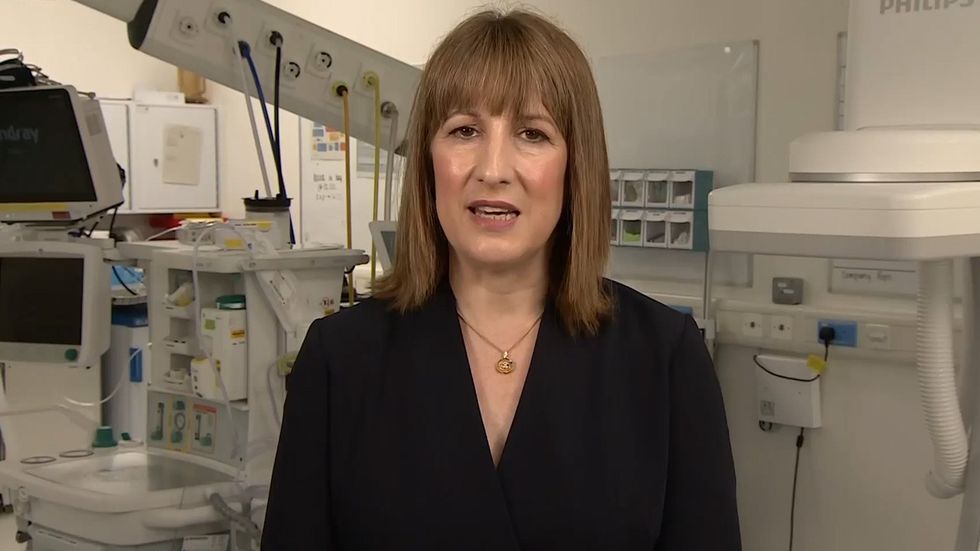
Rachel Reeves and the Treasury is under pressure over fiscal decisions
| GB NewsUK public sector debt stood at 96.4 per cent of GDP in May, according to latest ONS figures. The watchdog said its annual fiscal risks and sustainability report that debt is projected to be “above 270 per cent of GDP by the early 2070s”.
The forecaster added that recent rises in debts have led to “a substantial erosion of the UK’s capacity to respond to future shocks and growing pressures on the public finances”.
In report, the OBR concluded: "while changes to the state pension have played a substantial role in reducing reliance on means-tested pensioner benefits in recent years and improving retirement income adequacy in future, they have also contributed to state pension spending becoming a large and growing fiscal risk.
"Over the next 50 years, the ageing population and the continuation of the triple lock would both put significant, and roughly equal at around 1.6 per cent of GDP, upward pressure on state pension spending. And further risks stem from the uncertainty around these pressures."
More From GB News


